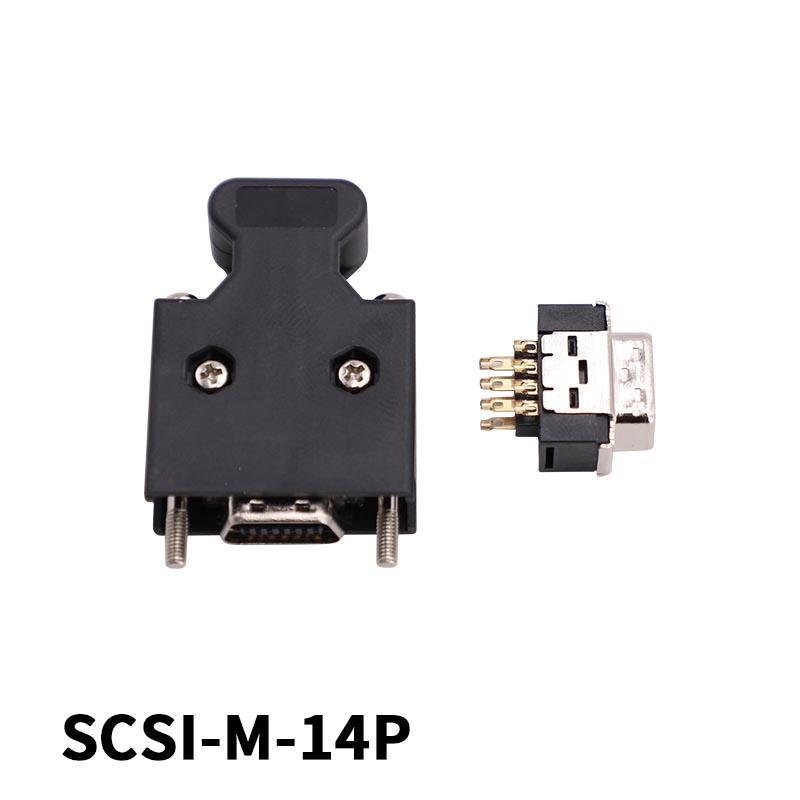FPC connector is a new type of data cable made of PET insulation material and extremely thin tinned flat copper wire, laminated through high-tech automatic equipment production line. Used to connect the circuit board (pcb) and the flexible printed circuit board (fpc) to realize the mechanical and electrical connection.
There are strict matching requirements between the structures of FPC connectors, and the precision of the three components is very important in the production.
1. Plastic body
The inside of the plastic body is an equally spaced sheet-like barrier structure, which allows the terminals to be arranged at a small interval after assembly and provides a certain retention force. According to the use requirements of the product, the plastic body must have sufficient strength and toughness, and there must be no warpage deformation before and after SMT welding.

2. Terminal
The terminal is the contact part of the FPC/FFC connector. In order to achieve a high-density arrangement of the connector and a more stable contact performance, the FPC/FFC connector terminal adopts a narrow contact method, and the material is selected with good conductivity and mechanical strength. Phosphor bronze. Generally, there are two ways to design the terminal structure, one is to stamp the flat blanking terminal (abbreviated as: blanking terminal), and the other is to bend and form the terminal after stamping (abbreviation: forming terminal).
3. Card lock
The locking parts are matched with the plastic body. When the FPC/FFC is inserted, the locking parts are used to lock the FPC/FFC to maintain a certain contact force. Therefore, the parts are required to have sufficient rigidity and are usually produced with PPS raw materials.